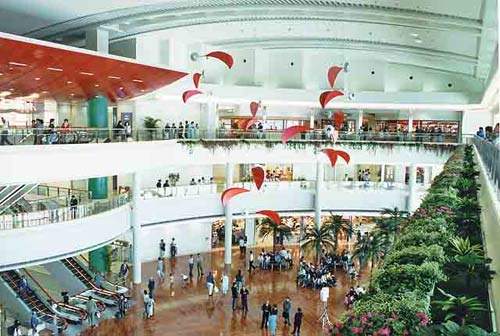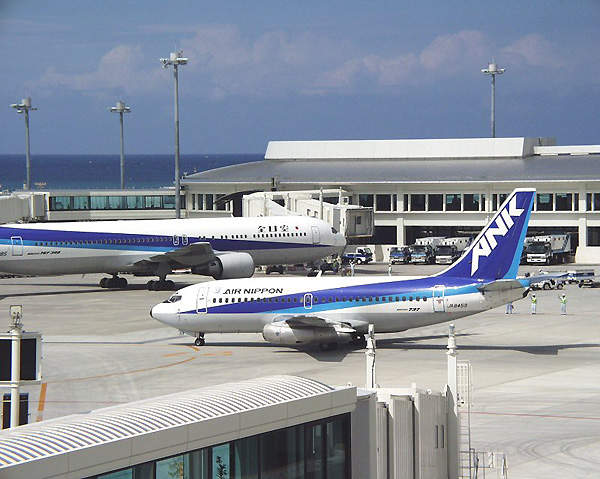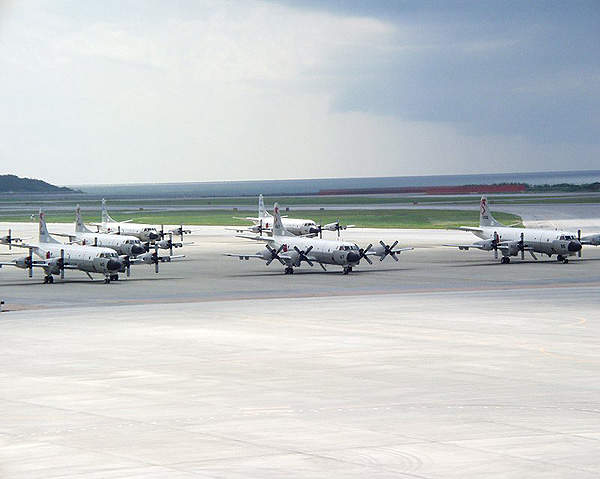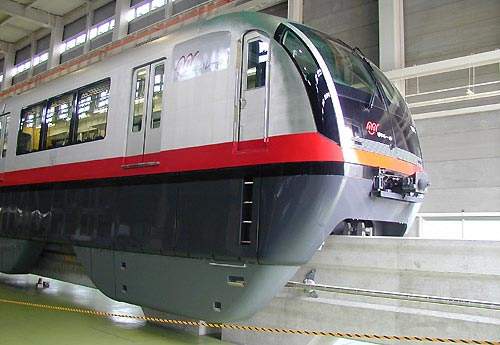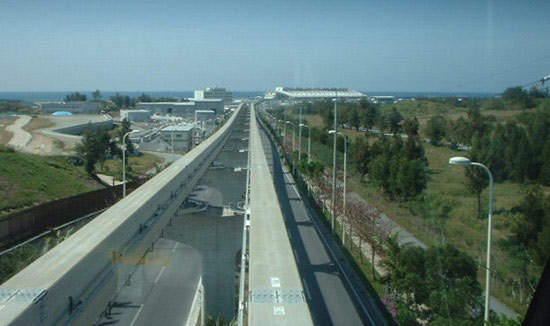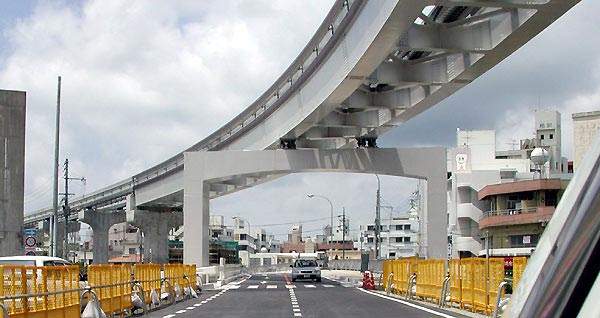Naha Airport, which is designated a Class II airport, and the neighbouring Naha Port have both undergone major construction programmes in recent years. The airport (Japan’s fifth largest) has seen the construction of a new terminal building and has undergone several other smaller infrastructure improvements.
The airport and the port are linked through an undersea tunnel, which was specifically constructed to facilitate transport between the two. Both are located in Okinawa, a Japanese territory hundreds of miles from the main islands of Japan.
The Naha Harbour and Airport Construction Office is supervising the work at the airport. The construction has included a new domestic airport terminal, the undersea tunnel and a typhoon hangar. In late 2005 the airport’s 3,000 m runway, which handles over 150 flights per day from 30 different destinations, needed some remedial work to return it to its previous excellent standards.
The airport authorities have built the new facilities to cope with the rapid rise in the number of passengers. Okinawa has become a more popular tourist destination and the airport has seen passenger numbers rise by about 30% in the period up to 2005.
NAHA’S NEW DOMESTIC AIRPORT TERMINAL
Work on the ¥29bn terminal at Naha started in 1993 and was finished in 1999. This involved changing the floor plan of the airport as well as constructing two new car parks. The terminal has five stories and a total floor space of 28,801m².
The terminal building was designed by the architect Yasui & Miyahira Design. The airport terminal retail complex, dominated by DFS Group, is also in the process of expanding; the new complex will be increased to two and a half times the floor space of the old one and will sell a variety of tax free goods to tourists and business passengers. The shop opened at the end of March 2006 and now expects to be dealing with over 300,000 tourists a month as they pass through the airport on their vacations.
NAHA AIRPORT TYPHOON HANGAR
The naturally exposed position of the airport made it necessary to plan for extremely bad weather at certain times of the year. This made it necessary to construct a hangar to shelter aeroplanes from typhoons.
The new state-of-the-art hangar was completed in September 1998. The hangar is situated in an area to the west of the runway. The structure is 97m long, 51m wide and 17m high and has been designed to be large enough to accommodate two 150-seat aircraft, together with a number of smaller, non-commercial aircraft. The hangar was designed to withstand winds of up to 80m/s.
The new facility is a great advantage and means that the airport no longer has to be completely evacuated by aeroplanes whenever a typhoon strikes. This unwieldy situation used to cause delays as the planes had to fly to safer sheltered sites off the island and then return, causing a major disruption to services.
NAHA AIRPORT UNDERSEA TUNNEL
The Naha tunnel was designed to improve transport between the airport and the harbour as well as between the harbour and the south of the island. Construction on the tunnel began in November 1997. The Naha underground tunnel connects Naha Airport and Migushiku in Naha City.
The method used to construct the Naha tunnel was to tow prefabricated blocks above the site and sink them into prepared trenches. Each block was 90m long, 24.2m wide and 8.7m high. The blocks were then co-joined to form the completed structure. The 722m tunnel lies approximately 24m underwater and was opened, on schedule, in July 2006. Nippon Steel Corporation and Penta Ocean Construction were heavily involved in the project.
URBAN MONORAIL AT NAHA
The Okinawa urban monorail (Yui Rail) that connects the airport to the town centre and 13 other stations opened in August 2003. The 13km monorail was built by a consortium comprised of Mitsui, Hitachi, Toshiba Corporation and Kawasaki Heavy Industries. The cost of the rail link was estimated at ¥24.3bn.
The monorail now carries passengers from Naha Airport station to the centre of Naha and to the terminus at Shuri Station (the closest station to Shuri Castle). A bus service also connects the airport to many areas of the island as well.
ECONOMIC CONTEXT
All these public sector works are designed to help boost the Okinawan economy. Naha harbour / port is becoming a prominent hub for trade and cargo in this area of Asia, which is very good for the island economy.
The works have also had the advantage of improving the island’s infrastructure as well, meaning that for local residents public transportation has never been better or more competitive.
The Japanese government has been keen to invest in Okinawa in order to moderate political restlessness linked to the island’s very large US military installations. There has been some controversy on the island due to test drilling surveys for the construction of an offshore airport off the northern coast of the island to provide a heliport for the US Marine Corp at Futemma air station. Okinawan fishermen opposed to the plan have sited environmental damage and serious pollution as their main concerns and the matter has been referred to the courts.

